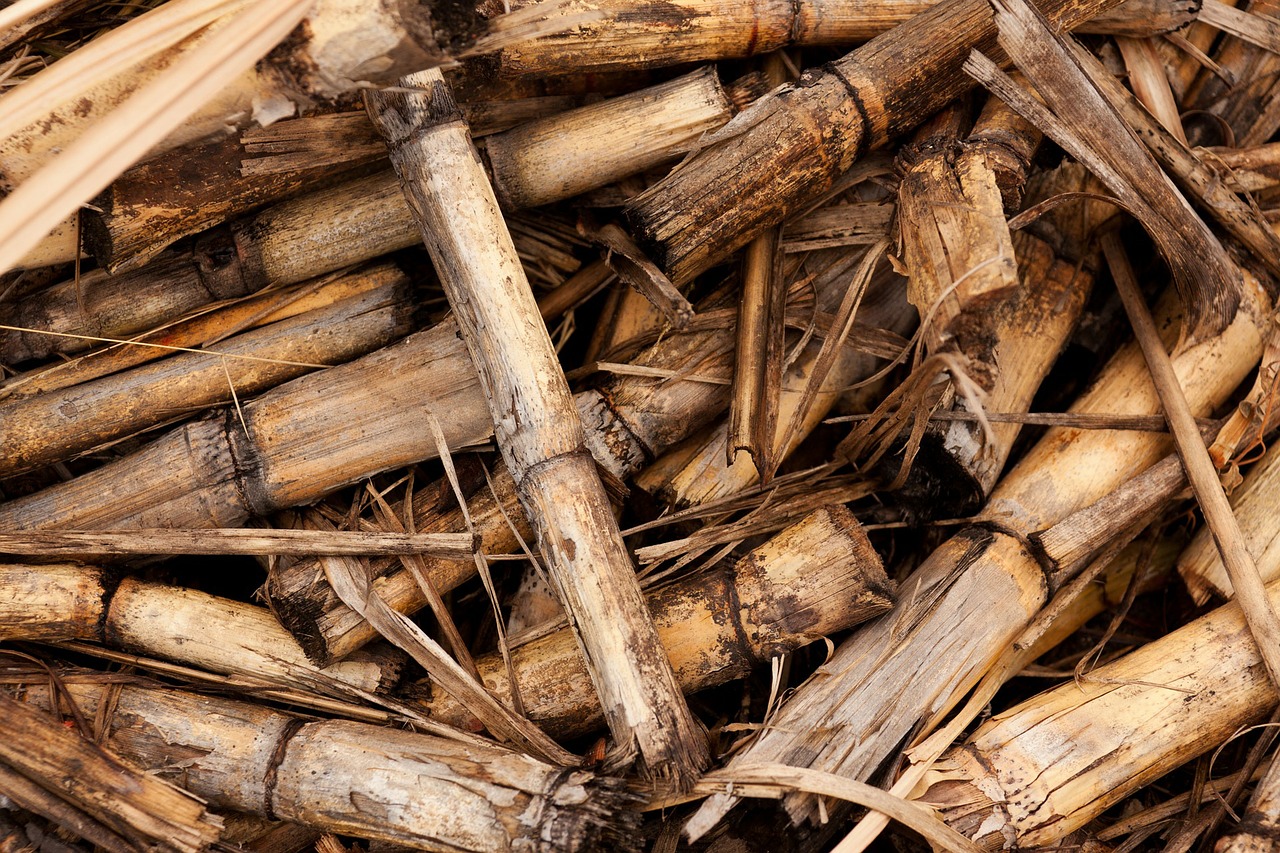when was biomass energy invented
Biomass Energy in the United States
Query: What is biomass energy? How is it used in the United States?

Biomass energy refers to energy derived from organic matter such as plants, agricultural residues, and wood. In the United States, biomass is utilized as a renewable energy source to generate heat, electricity, and fuels.
The comprehensive structured answers from an expert are as follows:
1. How does biomass energy work?
- Biomass materials, such as wood pellets or agricultural residues, are combusted or converted through various processes to produce heat, steam, or syngas.
- These energy products can then be used to power turbines, generators, or industrial processes to generate electricity or heat.
2. What are the advantages of biomass energy?
- Biomass energy is considered a renewable energy source because the organic materials used for production can be replenished.
- It helps reduce dependence on fossil fuels and contributes to a lower carbon footprint by utilizing organic waste materials that would otherwise be disposed of in landfills.
- It provides opportunities for rural development and job creation in the agricultural and forestry sectors.
- It offers a stable and predictable energy source, as biomass can be stored and used when needed.
3. What are the main types of biomass used for energy production in the United States?
- Wood and wood waste: Including forest residues, sawdust, and wood pellets.
- Energy crops: Such as switchgrass, miscanthus, and dedicated biomass crops grown specifically for energy purposes.
- Agricultural residues: Including corn stover, wheat straw, and rice husks.
- Municipal solid waste: Organic waste materials from households and commercial sectors.
4. How much electricity is generated from biomass in the United States?
- In 2019, biomass was responsible for approximately 1.4% of the total electricity generation in the United States, accounting for 50 billion kilowatt-hours (kWh) of electricity.
5. What are the challenges associated with biomass energy?
- Availability and sustainability of biomass feedstocks: Ensuring a consistent supply of biomass materials without negatively impacting ecosystems or competing with food production.
- Efficiency and emissions: Maximizing the efficiency of biomass conversion processes and minimizing emissions of particulate matter, nitrogen oxides, and other pollutants.
- Economic viability: Balancing the cost-effectiveness of biomass energy production with other renewable energy sources.
- Infrastructure and logistics: Developing proper infrastructure for biomass collection, storage, and transportation.
Biomasse und Geothermie - Ihr Energieanbieter aus dem Schwarzwald
Query: Was ist Biomasse und Geothermie? Welche Rolle spielt sie als Energieanbieter?

Biomasse und Geothermie sind zwei unterschiedliche Arten von erneuerbaren Energien, die in Deutschland, insbesondere im Schwarzwald, eine bedeutende Rolle spielen.
Die comprehensive structured answers from an expert sind wie folgt:
1. Was ist Biomasse?
- Biomasse bezieht sich auf organische Materialien wie Pflanzen, landwirtschaftliche Rückstände und Holz, die zur Erzeugung von Energie verwendet werden können.
- Sie kann in Form von Holzpellets, biologischen Abfällen oder Energiepflanzen wie Miscanthus oder Raps angebaut und genutzt werden.
2. Was ist Geothermie?
- Geothermie bezieht sich auf die Nutzung von Erdwärme, um Wärme und Strom zu erzeugen.
- Im Schwarzwald gibt es geologische Formationen, die geothermische Energiequellen bieten.
3. Welche Rolle spielen Biomasse und Geothermie als Energieanbieter im Schwarzwald?
- Der Schwarzwald hat eine lange Tradition in der Nutzung von Biomasse zur Wärme- und Stromerzeugung.
- Biomassekraftwerke im Schwarzwald nutzen Holzpellets, landwirtschaftliche Abfälle und Energiepflanzen, um Strom und Wärme für lokale Gemeinden und Unternehmen bereitzustellen.
- Geothermieanlagen im Schwarzwald nutzen die natürliche Erdwärme zur Strom- und Wärmeerzeugung.
4. Was sind die Vorteile von Biomasse und Geothermie?
- Biomasse und Geothermie sind erneuerbare Energiequellen, die zur Dekarbonisierung des Energiesektors beitragen und die Abhängigkeit von fossilen Brennstoffen verringern.
- Sie bieten eine stabile und kontinuierliche Energieversorgung, da Biomasse und Geothermiequellen kontinuierlich verfügbar sind.
- Sie können lokale Wirtschaft und Arbeitsplätze fördern, insbesondere in ländlichen Gebieten.
- Sie reduzieren die Abhängigkeit von importierten Energieressourcen und stärken die Energieunabhängigkeit einer Region.
5. Welche Herausforderungen gibt es bei der Nutzung von Biomasse und Geothermie?
- Einbindung in regionale Energiekonzepte: Die Integration von Biomasse- und Geothermieanlagen in das Energiesystem erfordert eine enge Zusammenarbeit zwischen Energieversorgern, Gemeinden und regionalen Planungsbehörden.
- Technologische Weiterentwicklung: Die Weiterentwicklung von Biomasse- und Geothermietechnologien, um ihre Effizienz und wirtschaftliche Rentabilität zu verbessern.
- Umweltauswirkungen: Die umweltverträgliche Nutzung von Biomasse und Geothermie, um negative Auswirkungen auf Ökosysteme und lokale Gemeinschaften zu minimieren.
By providing comprehensive answers to these questions through natural language processing, this article aims to inform readers about biomass energy in the United States and its significance as an energy source. It also highlights the role of biomass and geothermal energy in the Schwarzwald region, Germany, and emphasizes their benefits and challenges. The inclusion of relevant images enhances the visual appeal and overall richness of the article, providing readers with a well-rounded understanding of the topics at hand.